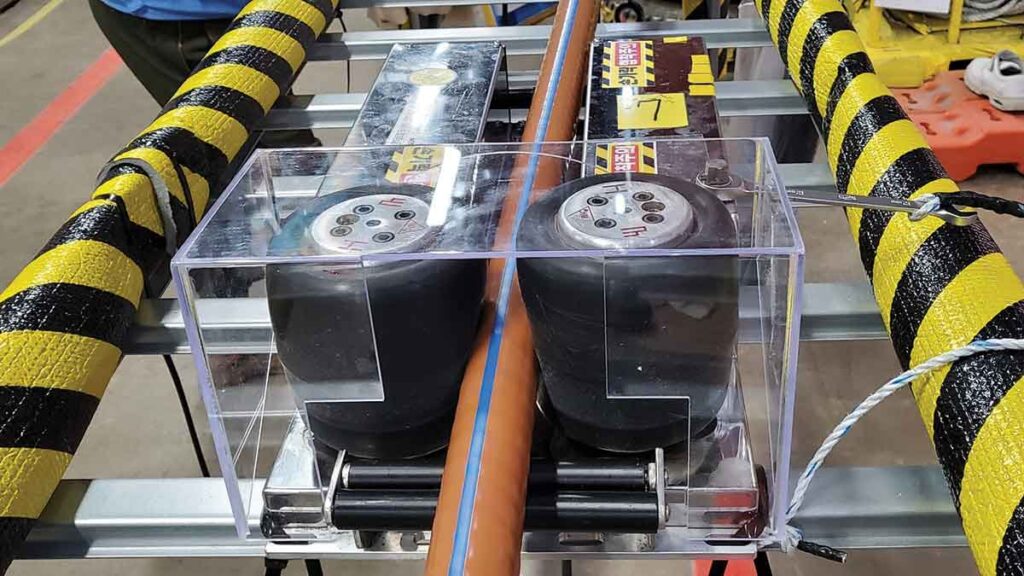Menu
Cable Pull Sheet

A Cable Pull Sheet service refers to the creation of detailed documentation used in the process of pulling cables during the installation of electrical, data, or communication systems. This documentation is crucial in larger projects, such as commercial buildings, data centers, or industrial installations, where precise planning and execution are required to ensure that cables are installed correctly, safely, and efficiently.
What is a Cable Pull Sheet?
A Cable Pull Sheet is a document that provides detailed instructions and information about the cable pulling process. It typically includes:
Cable Identification:
- Cable Type and Specifications: Details about the type of cable to be pulled (e.g., Cat6 Ethernet, fiber optic, power cable), including its length, diameter, and any specific characteristics.
- Cable Labeling: Pre-assigned labels or identifiers for each cable to ensure they are correctly routed and terminated.
Route Information:
- Path Description: A detailed description of the route the cable will take, including start and end points (e.g., from the server room to a workstation on the 3rd floor).
- Pulling Path: Information about the conduits, trays, or risers through which the cable will be pulled.
- Floor Plans or Schematics: Diagrams showing the exact path the cable will follow, including any bends, junctions, or intersections.
Pulling Instructions:
- Pulling Method: Instructions on how the cable should be pulled (e.g., by hand, using a cable puller, or with specialized equipment).
- Tension Limits: Maximum tension allowed during pulling to prevent damage to the cable.
- Pulling Crew: Assignment of personnel responsible for different parts of the pull, often with roles such as pullers, feeders, and supervisors.
Environmental Considerations:
- Temperature and Humidity: Conditions under which the cable should be pulled to avoid damage.
- Obstructions: Notes on any potential obstacles or areas that require special attention (e.g., tight spaces, sharp bends).
Cable Management:
- Bundling and Securing: Instructions on how to bundle and secure cables to prevent tangling or damage.
- Firestopping Requirements: Details on firestop materials and methods if cables pass through fire-rated barriers.
Safety Protocols:
- Personal Protective Equipment (PPE): Requirements for safety gear such as gloves, helmets, or eye protection.
- Emergency Procedures: Steps to take in case of an accident during the pulling process.
Testing and Verification:
- Post-Pull Testing: Instructions for testing the cable after installation to ensure it meets performance standards (e.g., continuity tests, signal integrity checks).
- Documentation: Requirements for recording test results and verifying the installation.
Why You Might Need a Cable Pull Sheet Service:
- Complex Installations: In large or complex projects, where multiple cables need to be pulled over long distances or through challenging environments.
- Precision and Efficiency: To ensure that the cable pulling process is efficient, minimizes waste, and avoids damage to expensive cables.
- Regulatory Compliance: To ensure that the installation meets all relevant codes, standards, and safety regulations.
- Documentation for Maintenance: Providing clear documentation that can be used for future maintenance, upgrades, or troubleshooting.